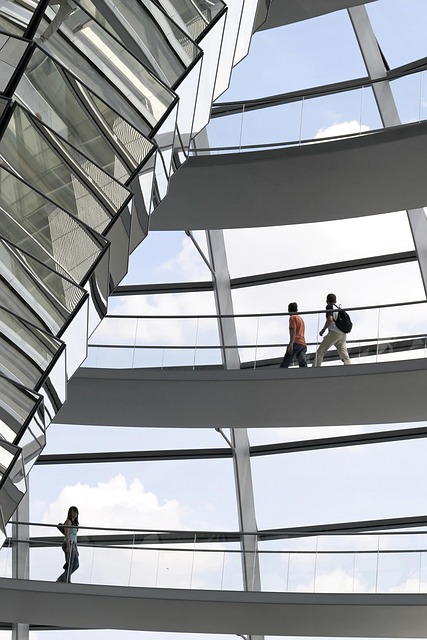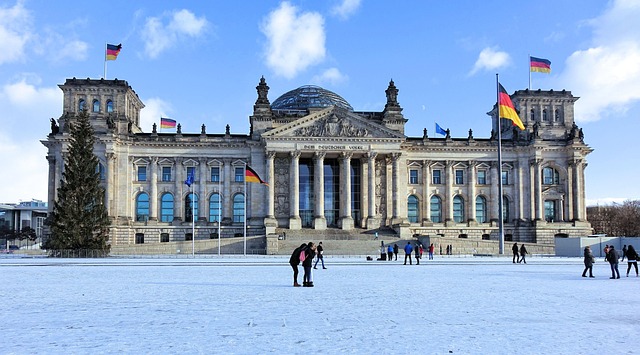
How Creative Industries Are Subsidised for Greater Impact
The creative industries encompass a diverse range of sectors, including arts, culture, design, advertising, media, and entertainment. These industries play a crucial role in shaping identities, driving economic growth, and fostering social cohesion. However, they often struggle to survive in a competitive market due to high operational costs and fluctuating demand. Governments, organizations, and various institutions understand the significance of these industries and have instituted various subsidy mechanisms to promote their growth and sustainability. This article explores the ways creative industries are subsidized for greater impact, the benefits of these subsidies, and potential challenges and criticisms associated with them.
The Importance of Creative Industries
The creative industries contribute significantly to the global economy. They generate millions of jobs and contribute to GDP on a large scale. Beyond economic metrics, these industries have intrinsic value as they express human experience and foster cultural dialogue. Creative endeavors can enhance tourism, inspire innovation in technology and science, and serve as a platform for social change.
In addition to economic benefits, creative industries fuel creativity and innovation in other sectors. They are often seen as a breeding ground for new ideas and trends that can have far-reaching implications beyond the confines of art and culture. Recognizing their value, various stakeholders have stepped in to provide support through subsidies aimed at enhancing the impact of these industries.
Types of Subsidies in Creative Industries
Subsidies can take various forms, each designed to address specific needs or challenges faced by creative professionals and businesses. Some common types of subsidies include:
Financial Grants
Many governments and institutions offer financial grants to individuals and organizations working in the creative sector. These grants can fund specific projects, initiatives, or general operational costs. Grants often serve as a lifeline for emerging artists and organizations, allowing them to focus on their creative endeavors without the burden of financial stress.
Tax Incentives
Tax incentives are another popular form of subsidy. Governments may offer tax breaks or credits to creative businesses, making it more financially viable to invest in projects. For instance, film and television productions may qualify for tax incentives, encouraging them to shoot in certain regions, resulting in local job creation and skill development.
Public Funding and Sponsorships
Cultural organizations and events often rely on public funding and sponsorships to thrive. Governments may sponsor art festivals, exhibitions, or theater productions, ensuring that these cultural touchstones remain accessible to the public. Public funding can also help in maintaining cultural heritage through the preservation of historical sites and traditional arts.
Infrastructure Development
Investment in infrastructure is crucial for the creative sector. Building creative spaces such as theaters, galleries, and studios not only supports local artists but also stimulates community engagement and tourism. Governments may subsidize the construction or renovation of such spaces and provide free or reduced-cost access to artists and organizations.
Training and Development Programs
Subsidies for training and development programs help equip individuals with the skills necessary to thrive in the creative economy. These may include workshops, mentorship programs, or partnerships with educational institutions. By investing in education, stakeholders can ensure that the workforce remains dynamic and competitive.
Benefits of Subsidizing Creative Industries
Subsidizing creative industries brings a multitude of benefits that resonate across economic, social, and cultural realms.
Economic Growth
Subsidies help stimulate economic growth by enabling creative organizations to flourish, leading to job creation and increased consumer spending. Investing in the arts and culture creates a ripple effect, where artists and cultural organizations drive revenue in sectors such as hospitality, tourism, and retail.
Social Cohesion and Community Development
The arts have a unique ability to bring people together and foster community spirit. Subsidies can support initiatives that promote inclusivity and diversity, allowing underrepresented voices to share their stories and experiences. This encourages dialogue and understanding among different communities, contributing to social cohesion.
Innovative Problem Solving
Creative industries often serve as incubators for new ideas that can solve pressing societal issues. When adequately funded, they are more likely to innovate in fields such as education, health, and urban planning. Collaboration between creative professionals and other sectors can result in groundbreaking strategies and solutions.
Preservation of Cultural Heritage
Subsidies also play a vital role in preserving cultural heritage. By funding traditional arts, crafts, and historical preservation projects, subsidies ensure that future generations have access to their cultural roots. This not only fosters pride within communities but also attracts tourists interested in authentic cultural experiences.
Challenges and Criticisms of Subsidizing Creative Industries
While the subsidy of creative industries has significant advantages, it also raises certain challenges and criticisms that merit consideration.
Dependency and Sustainability
One of the primary concerns surrounding subsidies is the potential for dependency. Organizations that rely heavily on government funding may struggle to survive without it, leading to sustainability issues. Encouraging self-sufficiency can be a crucial consideration when administering subsidies.
Equity of Access
Access to subsidies can vary widely, leading to inequities within the creative sector. Established organizations may have greater access to funding opportunities than emerging artists or smaller enterprises. This can create an uneven playing field, where only certain voices are supported.
Evaluation and Accountability
Critics may argue that evaluating the effectiveness of subsidies can be challenging. Determining which projects or organizations are deserving of funds can often lead to biases or subjective assessments. This raises questions about accountability and transparency in the allocation of public resources.
The Future of Subsidizing Creative Industries
The future of subsidies for the creative industries will likely evolve alongside technological advancements and changing societal needs. The rise of digital platforms offers new opportunities and challenges that policymakers must navigate effectively. As the world becomes increasingly interconnected, the need for global collaboration and understanding will grow.
Moreover, there is a growing trend toward cross-sector partnerships. By collaborating with businesses and nonprofits, subsidies can be more strategically directed to create hybrid models that enhance the sustainability of creative industries. These collaborations can solve real-world problems while ensuring that artistic integrity is preserved.
Conclusion
Creative industries are integral to our cultural fabric and economic landscape. Subsidies play a vital role in nurturing these sectors by providing financial support, resources, and opportunities for growth. While challenges remain, strategic investment and thoughtful policymaking can ensure that the creative industries continue to flourish, driving innovation, cultural preservation, and social cohesion. As we move forward, it is essential to foster a balanced approach that encourages creativity while promoting sustainability and equity across the sector.



